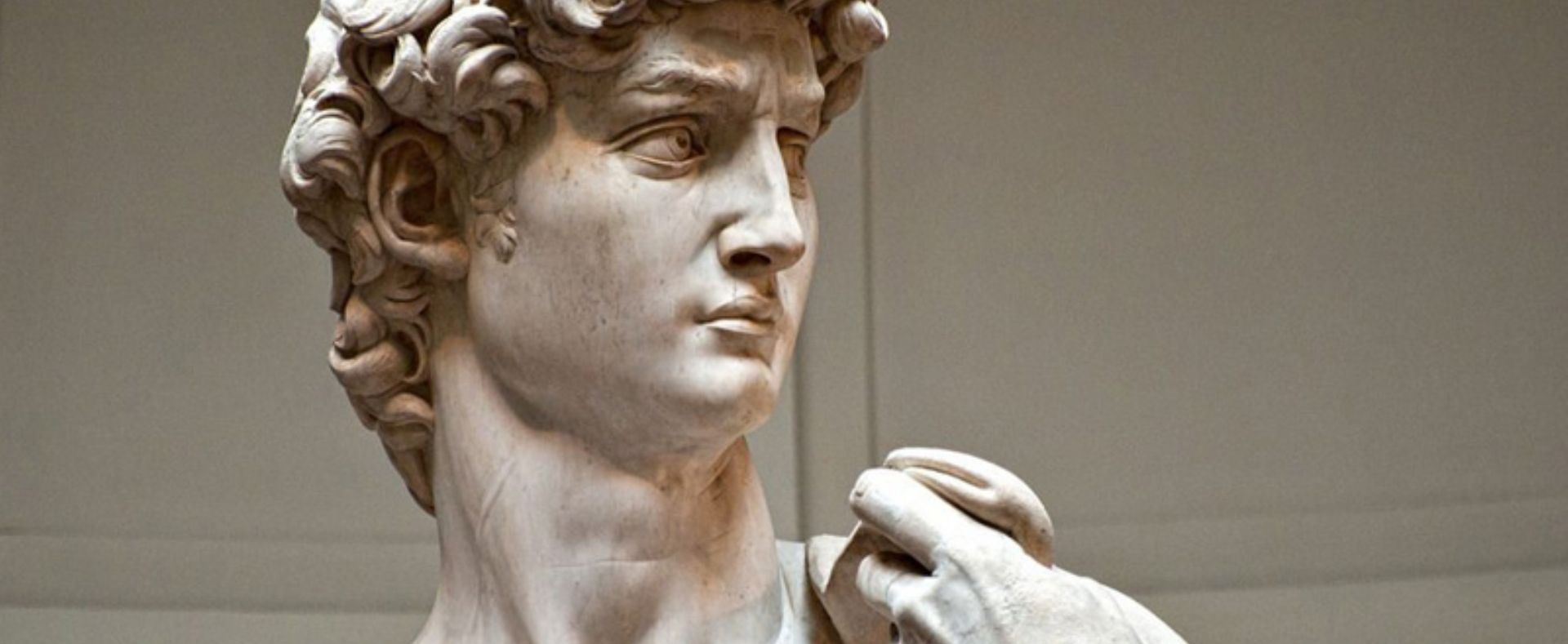Marble has been one of the most valuable natural stones used for both aesthetic and functional purposes throughout history. From ancient times to the present, the use and significance of marble have taken on various forms. In this blog post, we will explore the uses of marble from the past to the present and how its role has evolved over time.
The Use of Marble in Ancient Times
The history of marble dates back to the earliest periods of human civilization. Ancient Greek and Roman civilizations extensively used marble in architecture and sculpture. The Greeks, in particular, utilized the strong and aesthetic qualities of marble to construct monumental structures like the Parthenon. The bright white color and light-reflecting ability of marble inspired the architects of this era. In sculpture, the fine workability and durability of marble made it a preferred material for sculptors. Michelangelo’s famous David statue is one of the best examples showcasing the artistic potential of marble.
The Role of Marble in the Middle Ages and Renaissance
During the Middle Ages and the Renaissance, marble became an indispensable material for religious and civil buildings. Cathedrals, churches, and palaces were adorned with the elegance and grandeur of marble. The city of Florence in Italy emerged as a center for marble craftsmanship during this period. The use of marble for both exterior facades and interior decorations of buildings was one of the elements that shaped the art and architecture of the Renaissance.
The Use of Marble in the Modern Era
With the Industrial Revolution and the modern era, the uses of marble diversified. Traditionally used only in monumental structures and sculpture, marble has become a popular choice for flooring in homes and workplaces, kitchen countertops, bathroom decor, and furniture design. During this period, the durability and aesthetic appeal of marble made it a symbol of luxury and prestige in interior design. Moreover, modern technology has made it easier to cut and process marble, making it more accessible to a wider audience.
The Evolving Role of Marble Today
Today, marble is valued not only as an aesthetic material but also as a sustainable building material. The environmentally friendly properties of natural stones allow marble to be used in green building practices. Additionally, the variety of colors and patterns in marble offers limitless creativity in interior design.
In conclusion, the use of marble has evolved and developed from ancient times to the present. While it was once reserved for prestigious and monumental structures, marble is now used in a wide range of applications, maintaining its aesthetic and functional value. The elegance and durability that marble brings to both historical and modern structures have made this natural stone an indispensable material for humanity.






